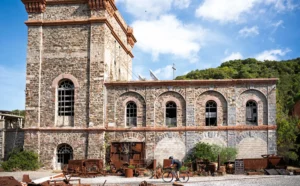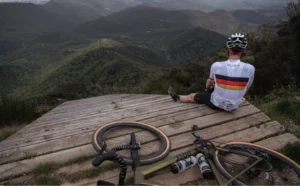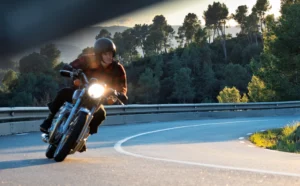Catalonia: A Cycle Touring Territory
The richness of the Catalan territory for cycling is well known, which is why it is not surprising that Catalonia is also a reference in the organisation of cycling events. Cycling tourism and leisure cycling allow you to discover the territory in a different way, from the coast to the Pyrenees, with various mass events, some of which approach a trajectory of half century.
Although it is a term popularized in modern times, cycling tourism is a practice inherent in the popularisation of bicycle use for over a century. Experiencing cycling in a close resemblance to hiking, away from competitors, is part of the cyclist spirit’s DNA. In Catalonia, before any regulations were in effect, the organization of the first cycling clubs in the late 19th century could already be considered the germ of cycling tourism, as these clubs organised rides and regular outings.
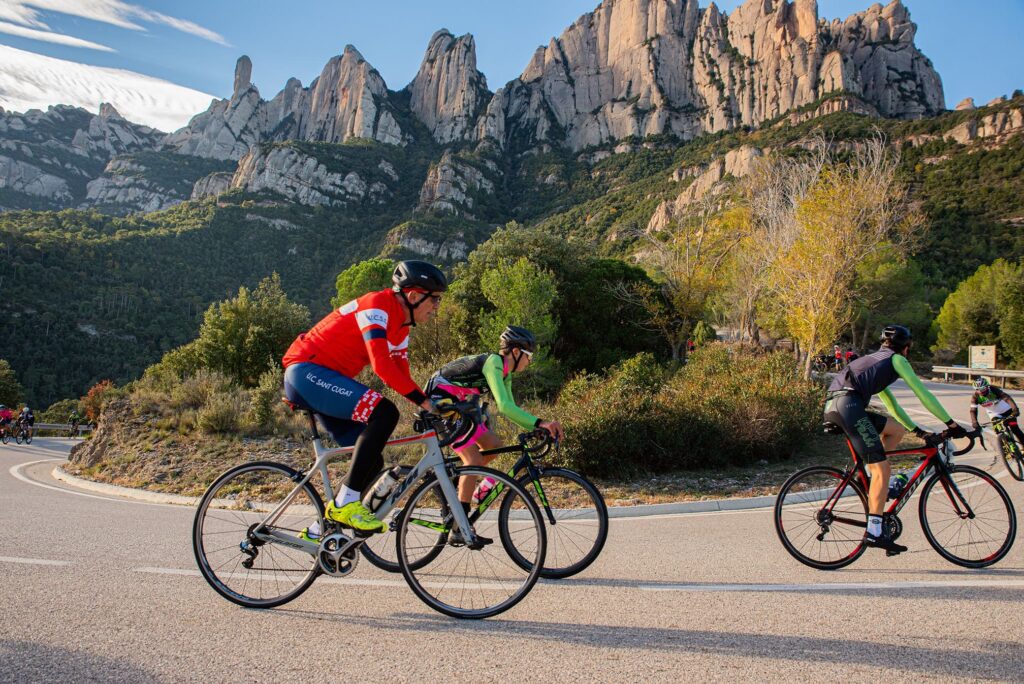
Possibly, the most paradigmatic case is the Diada Montserratina, which had its first edition in 1948 and was organised by Ebre Sports Club together with about forty other entities. An event that aimed to bring the cycling community together, at the same time as bringing an offering to the Mare de Déu de Montserrat. This past 2023, the event celebrated its 75th anniversary, now organised by Comissió de Cicloturisme de la Federació Catalana de Ciclisme (who has taken over the organisation since 1995), with nearly 3000 participating cyclists who ascended together the mountain of Montserrat. This example helps us get an idea of the growth and strength of cycling tourism in Catalonia.
An intense calendar full of history
If we look at the official cycling tour calendars for 2024, we will see that Federació Catalana de Ciclisme organises the 25th edition of the Circuit Català de Llarga Distància (Catalan Long Distance Race) and the 33rd edition of the Xallenge Catalana de Mitja Distància (Catalan Mid Distance Challenge). Calendars established by Comissió de Cicloturisme which bring together about twenty races spread throughout the territory and year, some of them authentic pioneers in the Catalan and national territory that preceded the current events.
A true network of events with proven organizational quality and enviable trajectory that mobilise thousands of cyclists annually throughout the territory. Catalonia is a cycling territory, and you only need to consult the event calendar if you want to discover the richness of the country on wheels.
Berguedà
The success of the sixth stage of the Tour of Catalonia through the Berguedà mountains has highlighted the region and its cycling potential. The significant turnout demonstrated the region’s widespread involvement in the event, while the inclusion of mountain stages such as the formidable Coll de Pradell in professional cycling has showcased some roads that were already well-known within the cycling community.
Last Saturday 23 March was a very special day for Catalan cycling on many levels. The Volta Ciclista a Catalunya, the most important professional cycling event in the country celebrating its 103rd edition, experienced the most special stage in recent years. It was the third of the four stage victories that certified the absolute triumph of the Slovenian Tadej Pogačar, the most charismatic and decisive cyclist of his generation, who arrived alone at the sanctuary of Queralt amidst a tide of fans after nearly 156 kilometres of high mountain route through the Berguedà.
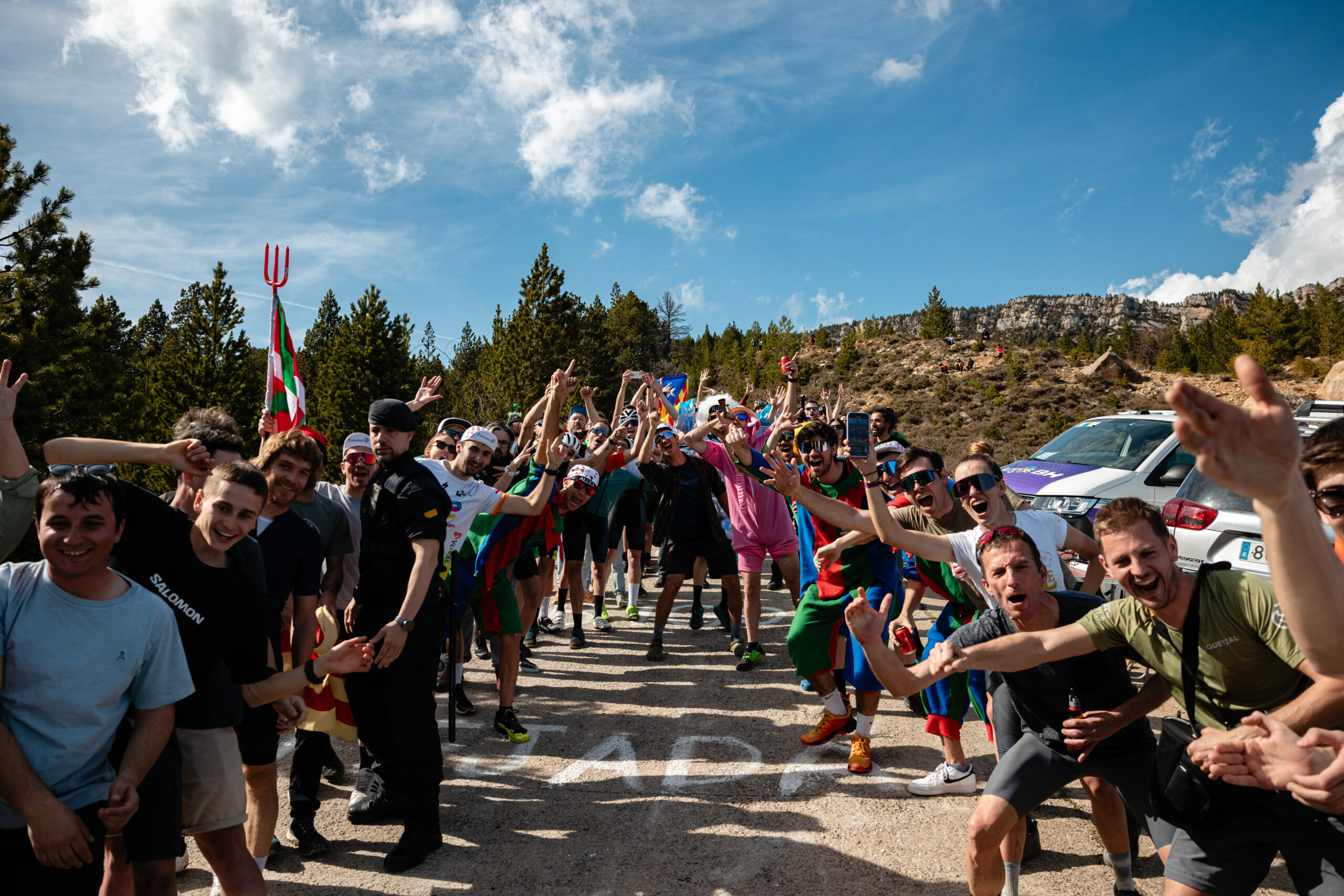
It was also special because the Catalan UCI World Tour race returned to Berga, a city that had not been in the spotlight since 1959. The anticipation surrounding this day placed a territory with boundless potential for cycle touring on the global cycling map.
The Coll de Pradell, a cycle touring treasure
The ascent to the Coll de Pradell, particularly renowned for its climb from Vallcebre, became paved in 2004. This challenging ascent offers privileged views of Pedraforca and, although it has not been tackled in competitive events, it has long been familiar for touring cyclists in Catalonia. The Pradell served as a focal point for the now-defunct La Ruta Minera event, initiated in 2014 to honour municipalities linked to the historic mining activity of Alt Berguedà. The demanding route, typically covering around 160 kilometers with 4,000 meters of elevation gain, mirrors the endurance and sacrifice inherent in both cycling and mining work.
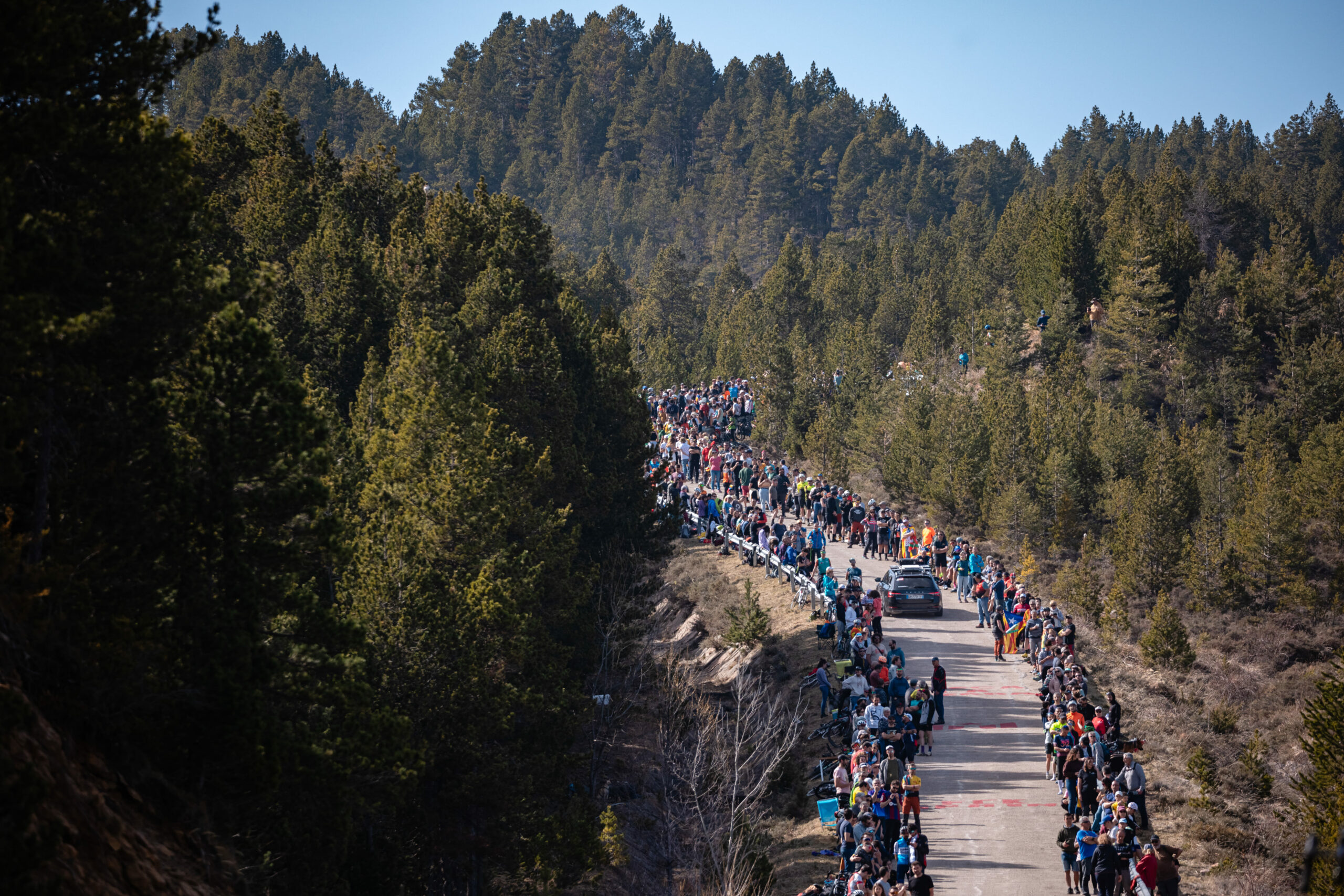
The stage of the Volta a Catalunya, a before and an after
The closing celebration for the Volta a Catalunya stage was undoubtedly exceptional, featuring a giant screen, live music by a DJ, and entertainment by a brass band at the final climb in Queralt. Thousands of spectators filled the road, reminiscent of the grand stages of the Tour de France. It was a resounding success for a day that showcased. Berguedà as a prominent place in Catalan cycling tourism, undoubtedly marking a significant milestone in promoting the region as a cycling destination.
This story is part of Nafent Magazine volume 10. Read the full story in our digital or paper magazine. Go to our webshop to get yours.
Related stories



